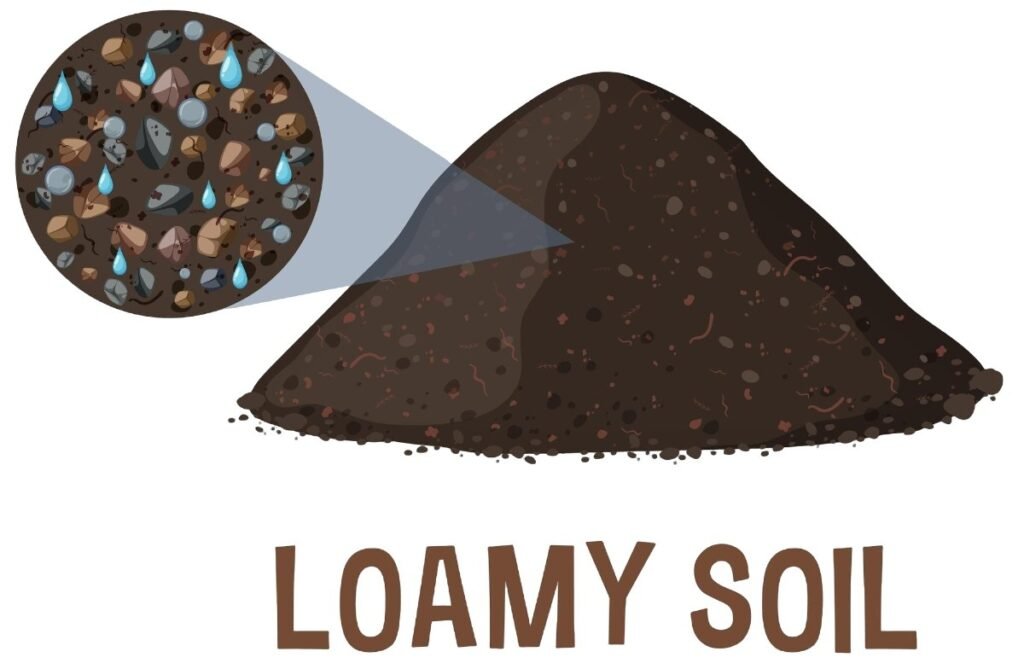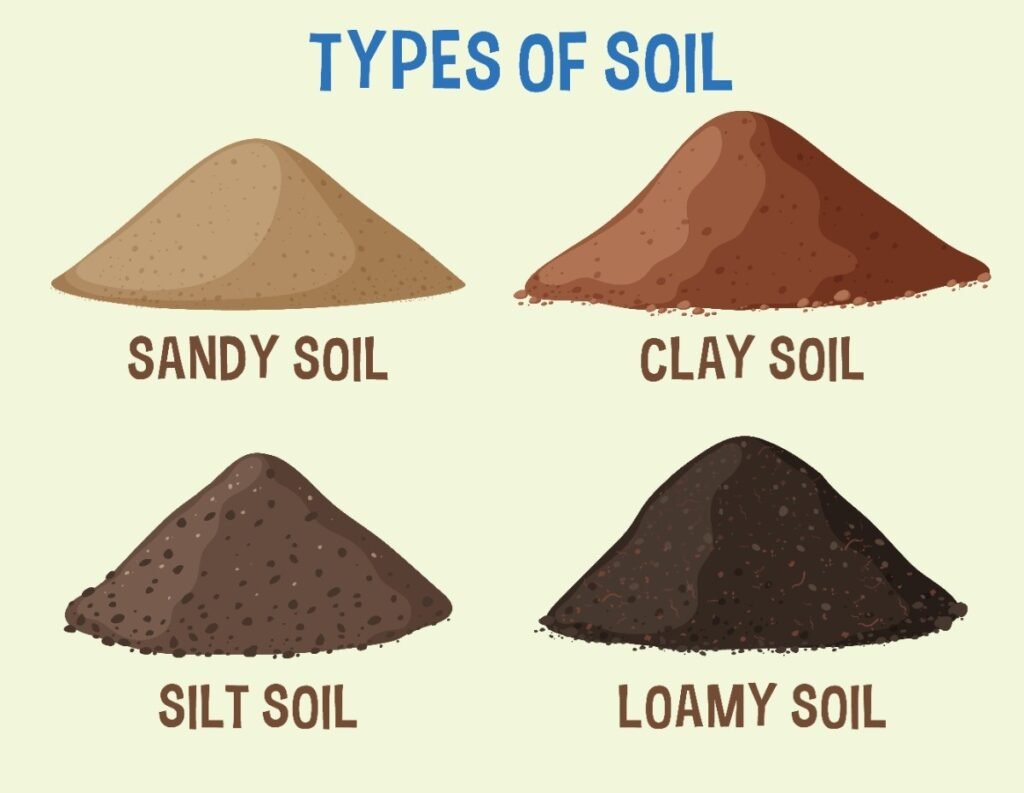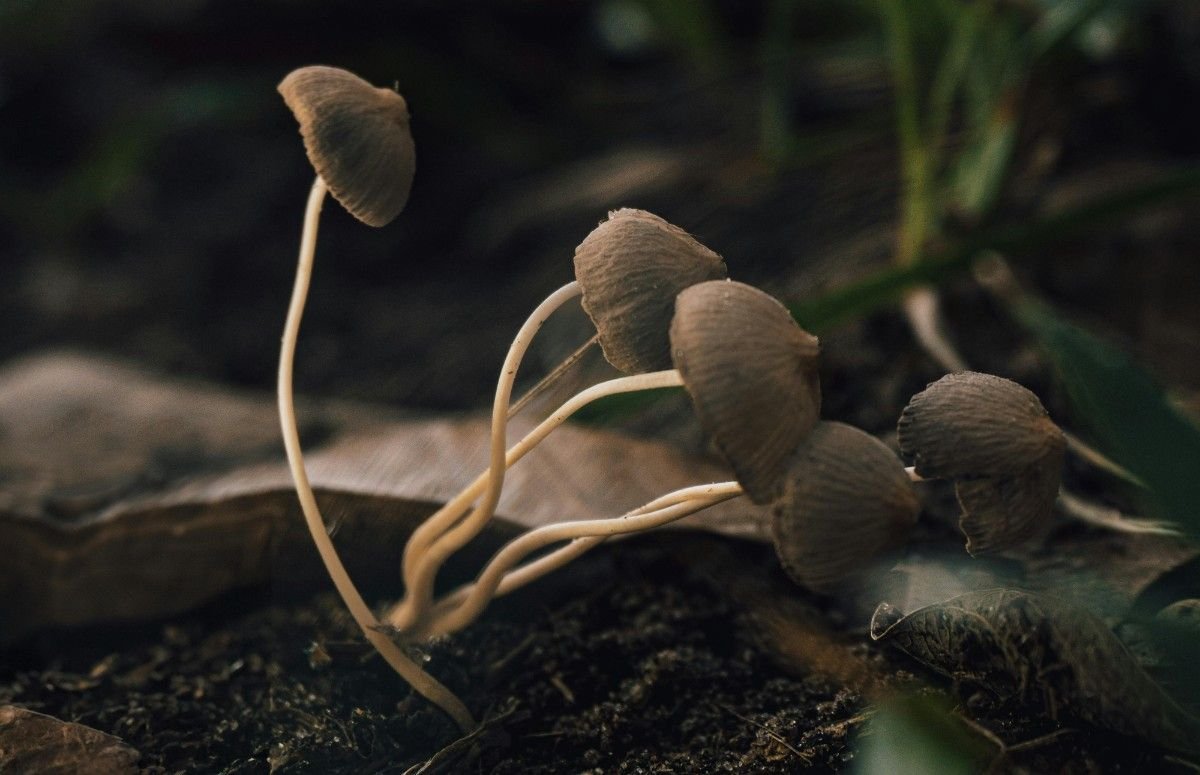Soil is one of the most important ingredients to grow healthy plants. Typically, you know about sand, slit, and clay used as the soil for your garden. Each of this soil has its own advantages and disadvantages. But today, we will explore another best kind of soil which is “Loam Soil”. Soil is a very important component to grow plants in the specific area but another point is that there is no need to be a master in this field of plant growing. In this article, you will get information about the loamy soil and other important information about this type of soil.
What is Loamy Soil:
Starting with the definition of loamy soil, basically it is powdery and dusty soil. This is crumbled in structure and it is the mixture of sand, clay, humus or slit. Loamy soils are considered as one of the best soils to grow your plants. You will be familiar with all of the terms discussed above but humus is a new concept for most of the readers. Humus is an organic matter which is completely decomposed and sometimes it is partially decomposed. The composition is made very carefully so that all of the three parts of the loamy soils should be equal. Loam soil has an excellent ability to hold water and it drains water with 6 to 12 inches per hour. Making sure that loam of soil should be full of nutrients and it should be loose enough to let the roots grow well in it and make a stronger base for the future.
The characteristics and Composition of Loamy Soil:
As we mentioned above, loamy soil is composed of three components. Let’s have a detailed look at them with the percentage of the components in the soil.
Sand:
Sand particles are larger in size and used as 40 percent of the soil. The absorbing power of sandy soil is not good but they are best at providing aeration. Good drainage provides the oxygen to the roots of the plants for better growth.
Slit:
Slit particles are comparatively smaller in size from sand and larger from clay particles. Loose in composition, the drainage property is average as compared to both sand and clay. Silt is 40 percent as whole in the loamy soil to create the best soil for the plant growth. It helps to mix sand and clay well.
Clay:
Particles of the clay are considered as the smallest particles of the soil as compared to both of the above mentioned soils. Clay particles are compact tightly in composition, which provides less aeration. Clay is full of nutrients that are needed for a healthy growth of plants. Clay makes up 20 percent of the loam soil.
What are the Benefits of Using Loam Soil in your Garden:

Loamy soil is beneficial for the growth of the plants in different ways. The gardeners and people related to this domain love to work on loamy soils as it is the best medium to grow fruits, shrubs, vegetables, crops, fields and more. The texture of the soil is growth friendly. This allows roots to grow and retain the position. The absorption of nutrients and moisture gets better in loamy soils.
Good Aeration or Air Circulation:
The combination of three different soil to make one soil, makes the best soil to circulate oxygen to roots with the loosely compact particles of the soil. The aeration protects the plants and its roots from the diseases that develop due to poor drainage of the plants.
Promotes Healthy Drainage:
Loam soil ensures the healthy drainage of the water, which confirms the healthy plants.
Retention of the moisture:
The moisture retention works well in sandy loam soil, as the water drainage is at ideal speed. Helps to absorb the moisture and drain the extra water to prevent soil becoming soggy due to excess of the water. Loam soil keeps the plants hydrated and avoids dehydration of the plants even in summers.
Spreading Roots:
Loam dirt provides the best environment for the roots to spread quickly and make their position. This ultimately helps the plants to get the nutrients from the soil.
Retention of the Nutrients:
The 20 percent presence of the clay in the loam soil makes sure that the nutrients cling to the soil and they should not go away with the water drainage. Clay has very compact particles and it makes it impossible to travel through them. Loam dirt also makes sure to cater the healthy microorganisms that are needed for the plants to bloom.
What are the Types of the Loamy Soil:
There are 4 main types of sub-groups of the loam soil. The types of loamy soil includes:
- Sandy Loam
- Silt Loam
- Clay Loam
- Silty Clay Loam

The type of the loam soil consists of the percentage of the specific component present in the soil. Such as, a large percentage of sand makes it loam sandy and vice versa.
How to Create Loamy Soil on Your Own:
First of all you have to test the soil present in your garden. Here is a little test for which you have to take a fistfull of soil, make sure the soil should be a little damp. Make a ball of it and if your soil is loam then it will remain in the same shape. It will crumble when you throw it. If your soil is not according to the standards of the loam soil, then there is an imbalance of the components that are required for the loamy soil. The best way to meet this problem is to mix the soil with some organic matter. This will welcome the organisms that will help to create the healthy soil for the plants to grow over a period of time. Here are some tips to look upon:
Apply Top Layer:
In this, you can apply a 2 inch layer of organic matter on the top of your garden soil. But make sure to do this in the late autumn season. After the one harvest is done on the land. The commonly used organic matter for the gardens is animal wastes, old dried leaves, compost and green manure.
Water the Layer of the Organic Matter:

Make sure to water the layer of organic matter until it is fully waterlogged. Let the layer of the organic matter rest for the winters.
Mix Organic Material with the Soil:
This tip is for the spring season. A machinery like a rototiller can work best for this. As this should be done in depth of the seven inches of the land. For more sustainable results repeat the process annually.
FAQ’s:
How do I make my soil loamy?
To make your own loamy soil, you can mix your soil with some organic matter within 7 inches of depth or you can make a 2 inches top layer of the organic matter on your soil.
Is topsoil a loamy soil?
No, loam is a subcategory of topsoil. A little difference is that Loam is always topsoil but a topsoil is not always a loam.
What are 5 characteristics of loamy soil?
The most prominent characteristics of loamy soil is aeration, moisture retention, drainage, root spreading and retention of nutrients.
What is loamy soil best for?
Loamy soil is best for most of the garden plants due to the moisture retention quality of the loam soil.

